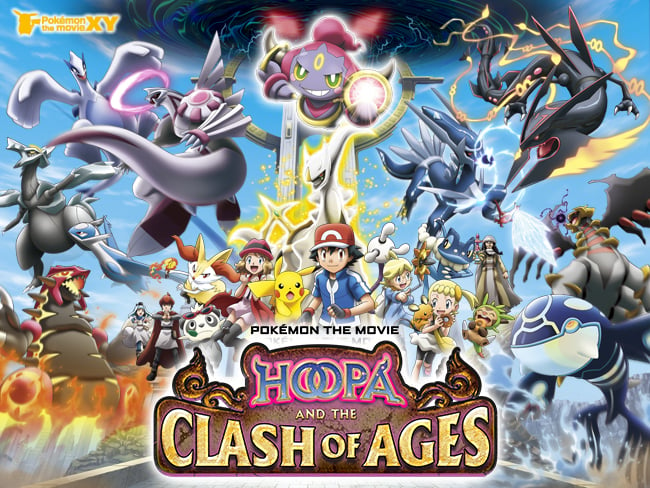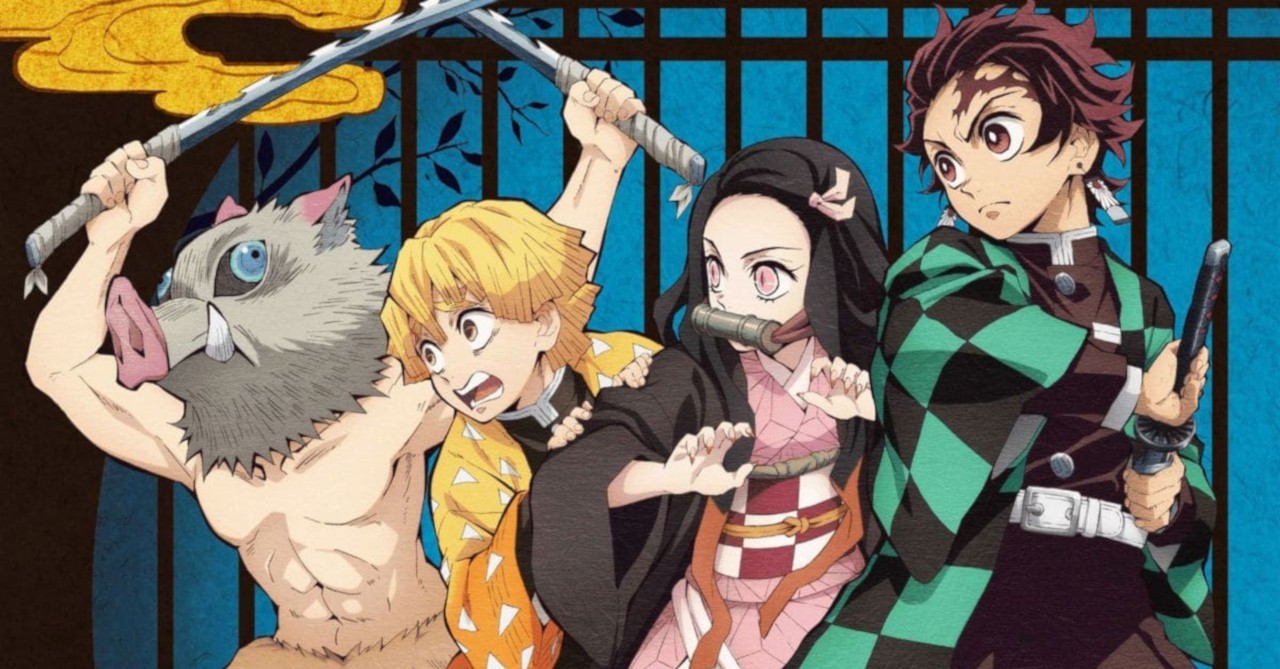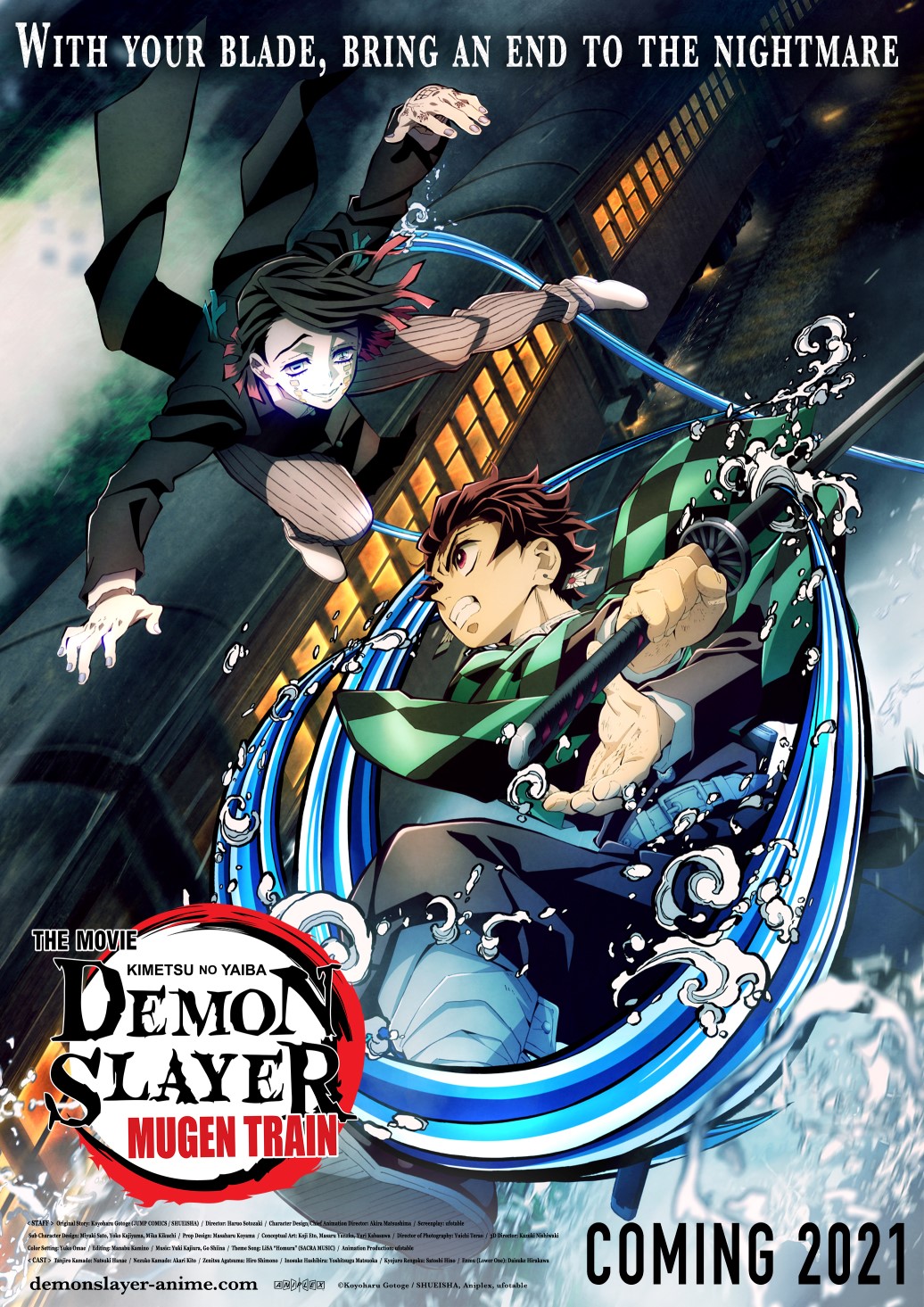As a child, I was a big fan of the Pokemon movies. Of course I was a Pokemon kid, playing the games, watching the anime, and collecting the cards to the game I had no idea how to play, but the movies were another thing entirely. They were an event, a spectacle, with the kind of climactic stakes and legendary Pokemon that you would only get in the rarest of Pokemon episodes. Every movie was fresh, where Ash and his friends would come to a new town with its own history and legends, and they would inevitably come into conflict with the newest legendary Pokemon.
But as a kid, I was a little confused about these movies. See, pretty much every one of these films would be massive battles between the Pokemon equivalent of demigods, they would have earth-shattering apocalyptic events. Only that these events have no ramifications for the Pokemon world at large. Ash never contemplates meeting literal deities, and everyone treats him like an average trainer, instead of the prophet he probably is.

That was my introduction to the non-canon anime movie, which I would later come to loathe. Most anime that become popular eventually get a movie sequel where the studio can go out on the animation budget, but the writers don’t have any freedom to work with. Obviously Ash meeting Mewtwo would have an effect on the world at large, but the TV series needs to stay business as usual in order to maximize profits. If the movie actually changed things, people might stop watching.
And that is how most anime movies have gone, filler. Some movies are technically canon, like the Fullmetal Alchemist Brotherhood movie or the My Hero Academia ones, but these characters never show up again. Pretty sure that if Deku could scoop up gauntlets that fully absorb the impact of his punches, he would incorporate them into his suit, instead of forgetting them after that one vacation he took.
However, it does not need to remain that way, especially with the recent release of Demon Slayer: Kimetsu no Yaiba the Movie: Mugen Train. Ugh, that’s a mouthfull, I’m going to call it Mugen Train from now on. Mugen Train is based entirely on the arc of the same name from the manga, rather than being developed exclusively by the creative team at studio Ufotable. Not only that, but it is massively successful, without having to be shoehorned into the canon of the pre-existing series.

Demon Slayer, if you are somehow unaware, follows Tanjiro Kamado, a young man living in pre-war Japan, whose family is almost completely slaughtered by a demon. The only survivor, his sister Nezuko, is turned into a demon, and Tanjiro joins the Demon Slayer Corps in an effort to research demons and discover a cure. Tanjiro is notable among his demon killing peers as being especially empathetic, putting his enemies down with mercy. Demons are shown in their final moments to return to a human state of mind, and while their actions make them dangerous, Tanjiro’s compassion is necessary to the appeal of the series.
Full disclosure, I have not seen the Demon Slayer movie yet. It will not release stateside until 2021, so I will avoid saying any spoilers. I have read the entirety of the manga, so any insight I provide is based off of that. Personally, Mugen Train is one of my favorite arcs, and I particularly enjoy the Flame Hashira, Rengoku, but the content of the movie is almost secondary to this essay.

I’m excited for Mugen Train for more than just the simple fact that the fight in this movie is climactic and I’m glad Ufotable is putting a bit more time and money into it. The key is that this film will have real consequences, and I am not wasting my time watching it. I am not going to this movie because it has the name Demon Slayer attached to it, but because it is a continuation of a story I am invested in.
And I am not alone in this opinion, as Mugen Train is already the third highest grossing anime movie of all time. It’s not even out of Japanese theaters yet and it’s already defeated every challenger except for Spirited Away and Your Name, it is in good company. And if the name of your movie isn’t Pokemon, Detective Conan, or Lupin III, then breaking into these charts is not easy. The precedent this sets is enormous.
When an anime studio is making a movie for their hit series, they don’t need to put their B team to work writing the script, they can adapt what they already have. This is a big shakeup, considering that Demon Slayer and most modern shonen is already lighter on filler than their 2000s forebears. Now that Demon Slayer has pulled this off, what could My Hero Academia or Jujutsu Kaisen do? Both of them are now in long and action-packed arcs that could be difficult to pull off in a single season of anime.

Now, there are some potential drawbacks to this approach of film making. First, you have to expect your audience to see the movie before they continue watching the show. I wonder how many people are going to know that they’re missing out if they go straight from Demon Slayer season one to season two? Many TV series have the benefits of placing their movies chronologically at the end so as to not upset TV-only watchers’ viewing orders.
Despite this, Demon Slayer is widely available on Crunchyroll, Funimation, Hulu, and was dubbed by Toonami. This availability is part of what helped it become so popular, especially after that famous episode 19 boom it experienced. If the movie receives similar widespread licensing across streaming platforms, than the integrity of Demon Slayer being a cohesive whole shouldn’t be threatened.
There could also be a lot of material left in the editing booth. Mugen Train is based off of a 17 chapter long arc in the manga, and clocks in at a runtime of 117 minutes. For comparison, the Spider Family arc takes a similar 17 chapters, and yet takes up seven episodes of the anime, or roughly 175 minutes. Most manga aren’t adapted into movies because manga is a long-form medium and simply cant fit into a reasonable movie length. It could put unnecessary pressure on the creative teams, and upset the delicate art of pacing an entire story arc.

Ultimately, anime has been moving away from filler content for some time. After the unceremonious drop off in popularity and quality of manga and anime like Bleach, anime fans clearly have begun preferring tighter and more efficient narrative. This can also be seen in the decline of weekly airing anime, the non-seasonal format that gave rise to series that would quickly pass their source material and need to develop original content to fill their TV slot. The only big names left in weekly anime are One Piece, Black Clover, and perhaps Boruto.
This idea to develop source material into movies comes from a new creative philosophy. The same philosophy that has discarded weekly broadcasts in favor of seasonal anime, choosing to prioritize quality and long-term artistic merit over the efficiency of putting out a new episode every week. But truthfully, money talks, and Demon Slayer: Mugen Train is making buckets of it, so the industry may soon realize that there is a market in canon anime movies after all.